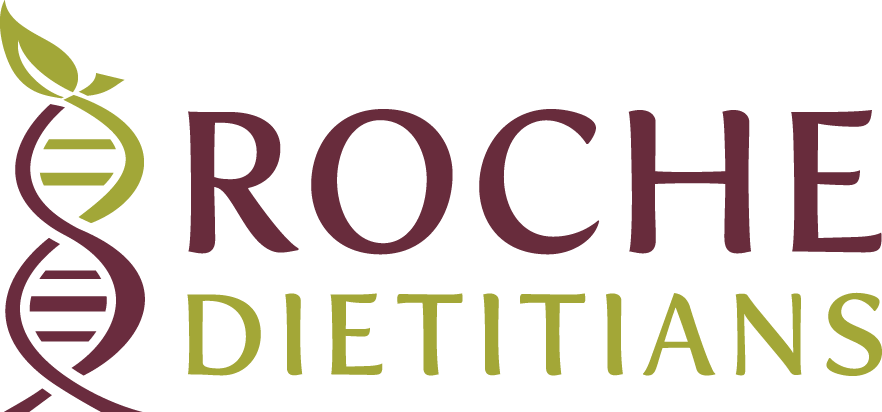IDDSI Q&A: Is IDDSI Mandatory?
Roche Dietitians is doing a series of Q&A about IDDSI from our clients, partners, and IDDSI Community Group on LinkedIn. We welcome your questions about IDDSI. To submit a question, type your question in the comment section below. To view the other Q&As, visit our blog.
Question:
“I’m trying to get as much insight as possible to share with my administrator and my dietary team when we do roll it out. My first question: When will this become mandatory?”
Answer:
This is what the IDDSI organization says:
Is IDDSI mandatory? “Implementation of IDDSI is not mandatory and the IDDSI Board of Directors has always been clear that while we hope the global community will embrace IDDSI for the safety of those with dysphagia, it is not mandatory. That being said, some countries, regions or health authorities may mandate adoption to ensure consistent implementation of IDDSI.”
In the United States, the American Academy of Nutrition and Dietetics (AND) and the American Speech-Language-Hearing Association have voted to formally support the implementation of the IDDSI framework and definitions. That means IDDSI is part of the standards of practice for dietitians and speech language pathologists.
For skilled nursing facilities, this is what the Centers for Medicare & Medicaid Services (CMS) has to say about professionals following standards of practice:
Quality of Care (§483.25)
F684 - Quality of care is a fundamental principle that applies to all treatment and care provided to facility residents. Based on the comprehensive assessment of a resident, the facility must ensure that residents receive treatment and care in accordance with professional standards of practice, the comprehensive person-centered care plan, and the resident's choices..
This is what the Academy of Nutrition and Dietetics says about IDDSI implementation:
“The Academy of Nutrition and Dietetics and the American Speech-Language-Hearing Association together support May 1, 2019, as the official launch date for IDDSI implementation in the United States. The announcement was made at the 2018 Food and Nutrition Conference and Expo™ in Washington D.C.
Recognizing that total IDDSI implementation will take time and effort, the Academy and ASHA are fully committed to supporting its members during their transition. Members are encouraged to frequently check with the Academy and ASHA for additional education opportunities and resources.”
Full Nutrition Care Manual (NCM)® Transition to IDDSI Framework by October 2021
Jan 19, 2021
“The International Dysphagia Diet Standardization Initiative (IDDSI) created global standardized terminology and definitions for texture-modified foods and thickened liquids to improve the safety and care for individuals with dysphagia, a swallowing disorder, which affects an estimated 560 million people worldwide. The Academy of Nutrition and Dietetics and the American Speech-Language-Hearing Association jointly supported May 1, 2019 as the official launch date for IDDSI implementation in the United States.
It is imperative that all healthcare providers globally implement IDDSI, both to ensure patient safety and to maintain current standards of practice. The Academy of Nutrition and Dietetics is pleased to announce beginning October 2021, IDDSI will be the only texture-modified diet recognized by NCM®. The National Dysphagia Diet (NDD) and associated resources will no longer be included in the NCM® past October 2021.”
https://iddsi.org/News/Special-Features/Full-Nutrition-Care-Management-(NCM)%C2%AE-Transition-t
IDDSI implementation in Australia:
“In Australia, while IDDSI is not explicitly mandatory either, adoption of the practice certainly falls under a number of mandatory requirements of the aged care standards and approved providers would be wise to implement it across their services. 3, 3(a) Each consumer gets safe and effective personal care, clinical care, or both personal care and clinical care, that is best practice 3,3(b) Effective management of risks is underpinned by clinical governance systems for safety and quality. This can involve the organization’s service environment, equipment, workforce training, systems, processes or practices that affect any aspect of how they deliver personal and clinical care to consumers. We also have standards more broadly around the provision of food that is appropriate, balanced and varied.”
https://www.agedcarequality.gov.au/media/80036
Dr. Rodney Jilek
Managing Director Aged Care Consulting & Advisory Services Australasia | Advisor & Administrator | Managing Director Community Home Australia
Bottom line:
Taking all of this into account, we all have time to learn about IDDSI and go through the careful process of transitioning over the many areas of our operations that will be affected. But because IDDSI is now our standard of practice, it is important to get started.
Implementing IDDSI is a complex process. That’s why we created Your Ultimate Guide to IDDSI. It’s an ultimate primer on IDDSI that will explain who IDDSI is for, the diet and drink levels, and the testing methods. This guide will help you start your IDDSI journey.
It’s also essential to have a supportive community as you learn about IDDSI. Our IDDSI Community Group on LinkedIn is a place where you can feel supported by other professionals who work with IDDSI. Share your challenges and get your questions answered. We invite you to join our FREE group today.

